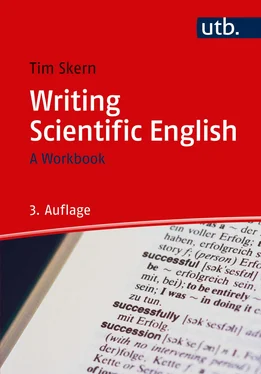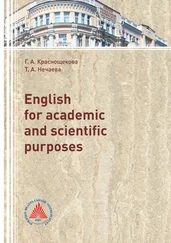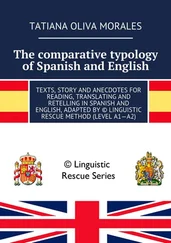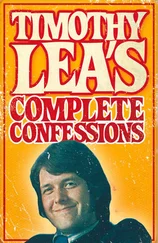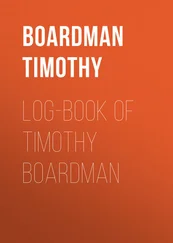Using the PSDM method, we observe a shift in the specificity of the treatment. During the normal design of medicines, specificity is obtained from the experience of the scientists. In the PSDM method, specificity is obtained from the genes of the patient. The specificity of the PSDM method can be augmented by adding information from family members. The PSDM method is estimated to increase specificity by a factor of five.
Chapter 2Writing clear scientific English
Put it before them briefly so that they will read it.
Clearly so they will appreciate it.
Picturesquely so they will remember it.
And, above all, accurately so they will be guided by its light.
JOSEPH PULITZER
This chapter contains eight guidelines specifically designed to transform school or college English into scientific English. Although the guidelines were selected with non-native speakers in mind, they are also helpful to native speakers. Remember that English as a first language is not a passport to writing clear scientific English. Indeed, non-native speakers who master this chapter may be on the way to writing better scientific English than native speakers.
Any book on how to write good English is certain to contain seven of the guidelines. The one exception, the guideline “Omit needless words!”, is unique to the book “The Elements of Style” by W. Strunk, Jr. and E. B. White. This book, first published in 1918 and still in print, remains the best book available on writing good English. Its 105 pages can now be accessed for free at www.bartleby.com/141.
2.1Eight guidelines for improving your writing technique
The eight guidelines are discussed in detail in the sections 2.1.1to 2.1.8.The accompanying exercises as well as those in chapter 3
are designed to help you gain experience in applying the guidelines. Chapter 5
provides further opportunities for practice.
A plan is essential for any piece of writing. Before writing, divide the work into sections. For each section, make a list of the relevant points to be included and order them according to themes. Each of these themes can then be developed later into a paragraph. For instance, in the introduction to a scientific manuscript, the relevant points might be the overall field in which your interest lies, the specific area that you are working on and the question that you addressed. Each of these points would form the basis of one or more paragraphs in the introduction.
The plan should give an initial overview of how the work will look after writing. Naturally, the plan cannot account for all contingencies and may have to be modified to accommodate insertions and deletions as well as extensive rearrangement of the text.
2.1.2Use a clean and legible layout
A clean and legible layout is vital to the success of written work. A poorly laid out piece of work may discourage the reader and prevent him or her from discovering its contents. The following five simple suggestions for a clean and legible layout of an A4 page are based on the requirements of the majority of scientific journals for the preparation of manuscripts.
❚ Use double-spaced text
This stops the text from appearing crowded and allows the reader to write comments and corrections between the lines.
❚ Use justified format
This makes the text fit to the page margins. Consequently, the reader's eye does not have to permanently adjust to a different line length.
❚ Use 12 point text with Arial or Helvetica as your standard font
In my opinion, Arial and Helvetica are fonts that are easy to read and are available on almost every computer. In contrast, Times Roman is much more tiring to read because the letters have different widths and thicknesses. Calibri, the default font of Word 2010, is also acceptable.
❚ Indent your paragraphs
To indent means to move the first line of a paragraph inwards.
❚ Use sub-headings
Using sub-headings in a long block of text informs the reader that the author is introducing a new topic.
A paragraph is a collection of sentences on the same theme or topic. A paragraph can consist of just a single sentence, although this is unusual. Using paragraphs to collect ideas is the foundation of all writing. If you cannot use them, your thoughts will be incoherent and you will be unable to communicate them to other scientists.
The previous section recommended marking the start of a paragraph by indenting the first line. In your A4 manuscript, the indent should be at least one centimetre; otherwise, the start of the paragraph may not stand out clearly. An alternative option is to leave a blank line between paragraphs. However, be aware that if a blank line falls between two pages, the start of the paragraph may easily be overlooked.
A curious problem with paragraph structure has arisen with the widespread use of word-processing software. The problem stems from the symbol for a paragraph (¶), introduced with the “enter” or “return” key. This symbol should only be used at the end of a paragraph. A significant minority of students erroneously use this symbol at the end of each sentence.
If you are unsure about constructing paragraphs, the exercises in chapters 3and 5are designed to help you use them. Learn to recognise paragraphs by examining their structure in newspapers or journals. In your own writing, you should always ask yourself whether the paragraphs are correctly assembled and clearly mark all paragraphs requiring improvement.
2.1.4Write simple sentences
Sometimes one has difficult things to say, but one ought to say them as simply as one knows how.
G. H. HARDY
Simple sentences are the best way to express complex thoughts. If you are just starting out and English is not your first language, you may find it difficult to control the length of your sentences. If your first language is German, you may have a natural tendency to write sentences of obscene length. It is important that you put this tendency away when you write in English.
I offer two pieces of advice to students who have problems constructing simple sentences. First, use only one idea per sentence. Second, write your sentences as direct or straightforward statements. Such sentences (like this one) have the subject at the start. The verb and the object follow straight away. There is no long, explanatory phrase at the beginning of a direct sentence. There is no marginal information somewhere in the middle.
Another way to find out about direct sentences is to listen to how people talk to each other. People talk in short sentences, even in German. One of the secrets of the most able science writers is that they write as if they were speaking to the reader. This automatically leads them to use simple, straightforward sentences. Jacob Bronowski's wonderful book “The Ascent of Man” is a fine example. In the videos that accompany this book, two of the students very effectively empahsise this point by speaking in short, clear sentences (see section 7.4
).
Box 2.1provides you with four sentences that are too long. Can you split them into two? section 2.5.1 has some suggestions.
Writing short, straightforward sentences is a starting point. Of course, it is necessary to add minor points or to qualify the content of a sentence in scientific writing. For instance, a common construction to qualify the content in scientific writing is the escape route or disclaimer. In this construction, a scientist first makes a clear statement. A second part then follows, indicating that the statement is probably not true for every situation. For example, consider the following two sentences which a virologist might hopefully write one day.
Читать дальше
